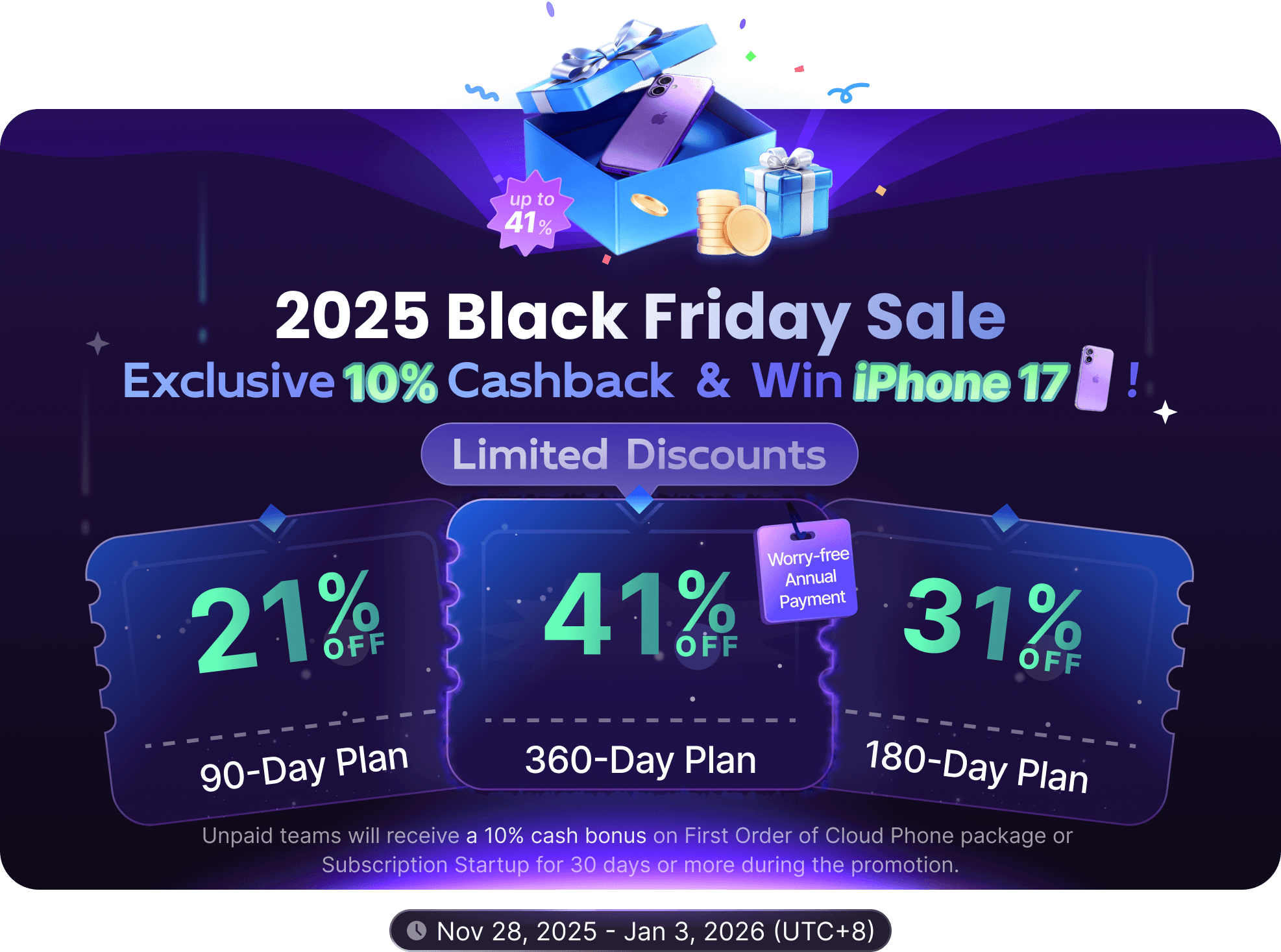Pay-Per-Click(PPC)
What is PPC?
Pay-Per-Click (PPC) is a digital marketing billing model where advertisers only pay when users actually click on their ads, different from the traditional pay-per-impression model. The key features of PPC include:
- Payment based on performance: Fees are charged only when valid clicks occur.
- Bidding mechanism: Ad display is determined through real-time bidding.
- Precise targeting: Targeted delivery based on search intent or user characteristics.
- Measurable results: Accurate tracking of the cost and conversion of each click.
Core Categories of PPC
1. Search Engine PPC
- Google Ads (formerly AdWords)
- Bing Ads
- Yahoo Gemini
- Baidu Promotion
2. Social Media PPC
- Facebook/Instagram Ads
- LinkedIn Ads
- Twitter Promotions
- Pinterest Ads
3. E-commerce Platform PPC
- Amazon Sponsored Products
- Shopify Ads
- Alibaba P4P
- eBay Promoted Listings
Billing Principles of PPC
- Bidding mechanism: Advertisers set the maximum cost-per-click (CPC) for keywords or audiences.
- Quality score: Comprehensive indicators such as ad relevance and click-through rate affect the actual ranking.
- Ad ranking: Determined by bid × quality score (Ad Rank = Max CPC × Quality Score).
- Actual billing: Only the minimum fee required to maintain the ranking is paid (second-highest bid + 0.01).
- Budget control: Daily/overall campaign budget limits can be set.
How to Conduct PPC Operations to Improve Advertising Effectiveness?
In this digital era, PPC (pay-per-click) advertising is an effective marketing tool. However, how to operate PPC ads to achieve better advertising results?
1. Keyword Research
Keywords are the core of PPC ads, and precise keywords can help you reach your target audience.
- Use tools:借助工具如Google Keyword Planner、Ahrefs或SEMrush等,找到与你的产品或服务相关的高搜索量和低竞争度的关键词。
- Long-tail keywords: Consider using long-tail keywords, which are usually less competitive and more targeted, attracting more interested customers.
- Negative keywords: Adding negative keywords can filter out irrelevant searches, ensuring that your ads are only shown to users who are truly interested.
2. Optimize Ad Copy
Ad copy is crucial for attracting user clicks.
- Eye-catching headlines: Ensure your headlines are concise, clear, and attractive, which can arouse users' interest.
- Clear call-to-action (CTA): Tell users what to do next, such as "Buy Now", "Free Trial", or "Learn More".
- Highlight advantages: Stimulate users' desire to click by emphasizing the unique selling points or promotional offers of the product.
3. Landing Page Optimization
After users click on the ad, the experience of the landing page is crucial. Ensure your landing page meets the following points:
- Relevance: The content of the landing page is closely related to the ad copy and keywords, ensuring that users find the information they expect.
- Fast loading: Ensure the page loads quickly. Users have limited patience, and slow loading may lead to user loss.
- Simplicity and clarity: The design is simple, avoiding excessive distracting elements, so that users can easily find the action button.
4. Utilize A/B Testing
Through A/B testing, you can continuously optimize advertising effectiveness:
- Test different copies: Try different ad copies, headlines, and CTAs to see which version has a higher click-through rate.
- Test landing pages: Simultaneously test different landing page designs and content to find the version with the best conversion rate.
- Continuous optimization: Regularly analyze test results and keep optimizing ad copies and landing pages to ensure that ads are always in the best condition.
5. Regular Monitoring and Analysis
Regular monitoring of ad performance is crucial:
- Use analysis tools: Use tools such as Google Analytics and Google Ads to view the click-through rate (CTR), conversion rate, and return on investment (ROI) of ads.
- Adjust strategies: Based on the results of data analysis, timely adjust keyword bids, ad copies, and budget allocation to ensure the best results.


